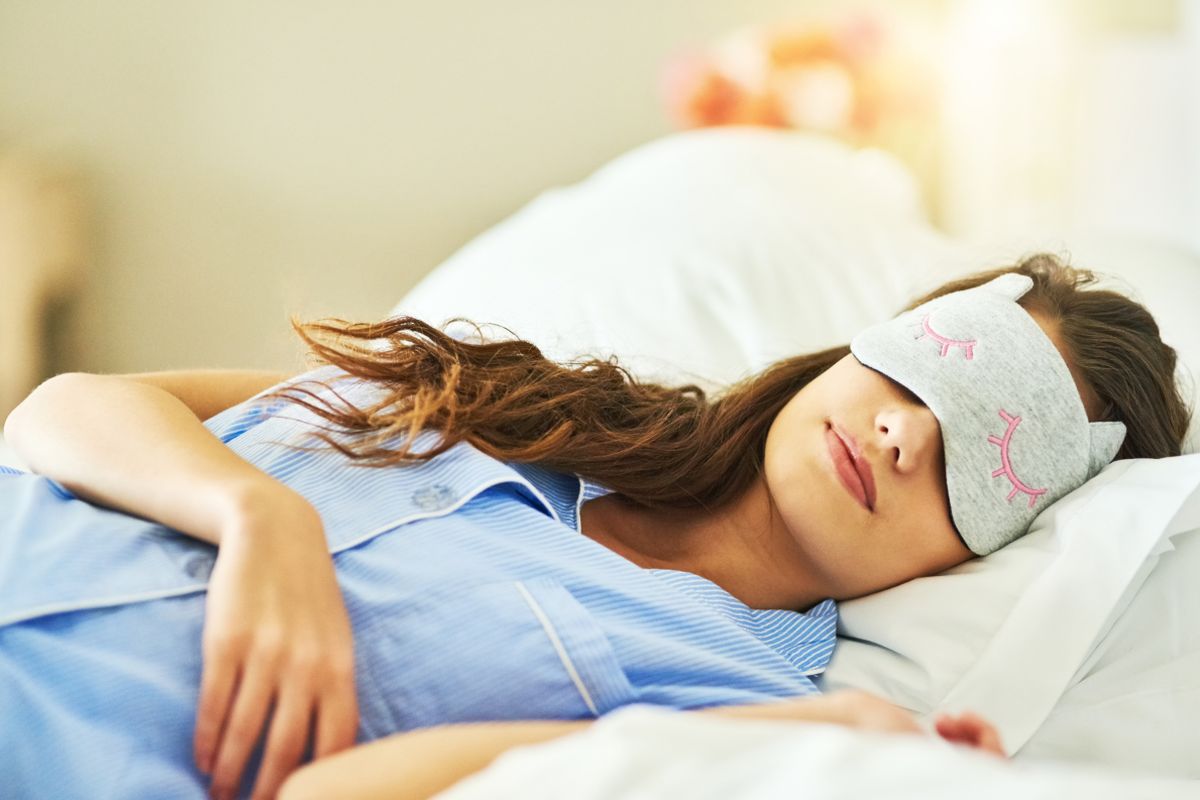
Some people struggle to sleep with lights on due to how light impacts their circadian rhythms and overall sleep quality. Light, particularly blue light, disrupts the body’s internal clock, or circadian rhythm, by suppressing melatonin production, a hormone crucial for sleep. This disruption can make falling asleep or staying asleep more challenging. Additionally, light exposure during sleep, even at low levels, can interfere with the deep, restorative stages of sleep, resulting in lighter and more fragmented rest. Sensitivity to light varies among individuals, with some being more affected by even minimal illumination. Moreover, light might be psychologically associated with wakefulness due to personal habits or past experiences, further complicating the ability to relax and fall asleep. To improve sleep, it’s generally advised to sleep in a dark environment or use low-intensity, warm-colored lights if some light is necessary.
Remedies for Sleeping with the Lights On
If you struggle to sleep with the lights on, consider these remedies:
- Reduce Light Exposure: Install blackout curtains or blinds to keep the room dark. If complete darkness isn’t possible, opt for dim, warm-colored lights (like red or orange) that are less likely to disrupt melatonin production.
- Use Sleep Masks: A sleep mask can block out light, helping to create a darker environment even if some light is present in the room.
- Regulate Light Exposure: Avoid bright screens (phones, tablets, computers) and intense lighting in the evening. Dim the lights in the hours before bedtime to signal to your body that it’s time to wind down.
- Create a Consistent Sleep Routine: Go to bed and wake up at the same time every day to help regulate your circadian rhythm and improve sleep quality.
- Consider Light Therapy: For those with circadian rhythm disorders, morning light therapy can help reset your internal clock and improve sleep patterns.
- Optimize the Sleep Environment: Ensure your sleep environment is comfortable, with a suitable mattress and pillows, and maintain a cool room temperature.
- Consult a Specialist: If sleep issues persist, seek advice from a sleep specialist or healthcare provider. They can offer personalized recommendations and assess for any underlying sleep disorders.
Implementing these strategies can help mitigate the impact of light on sleep and improve overall sleep quality.
